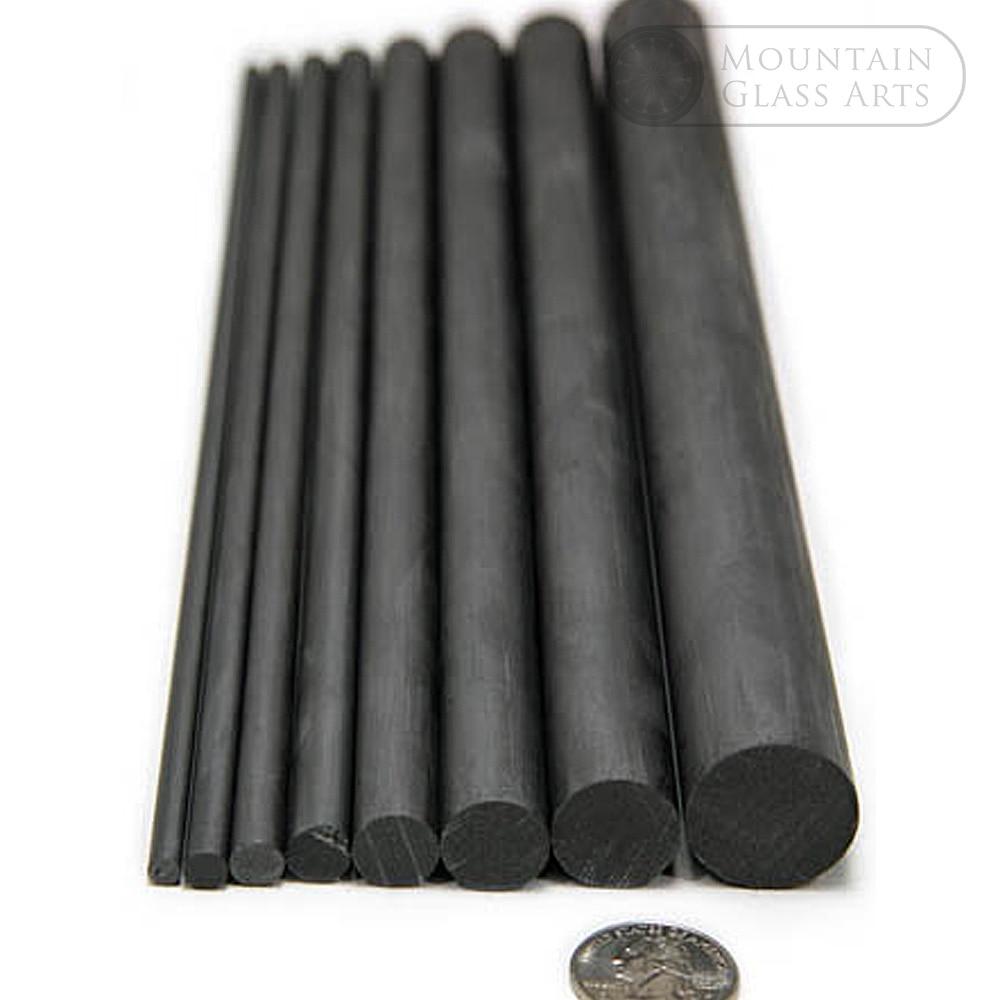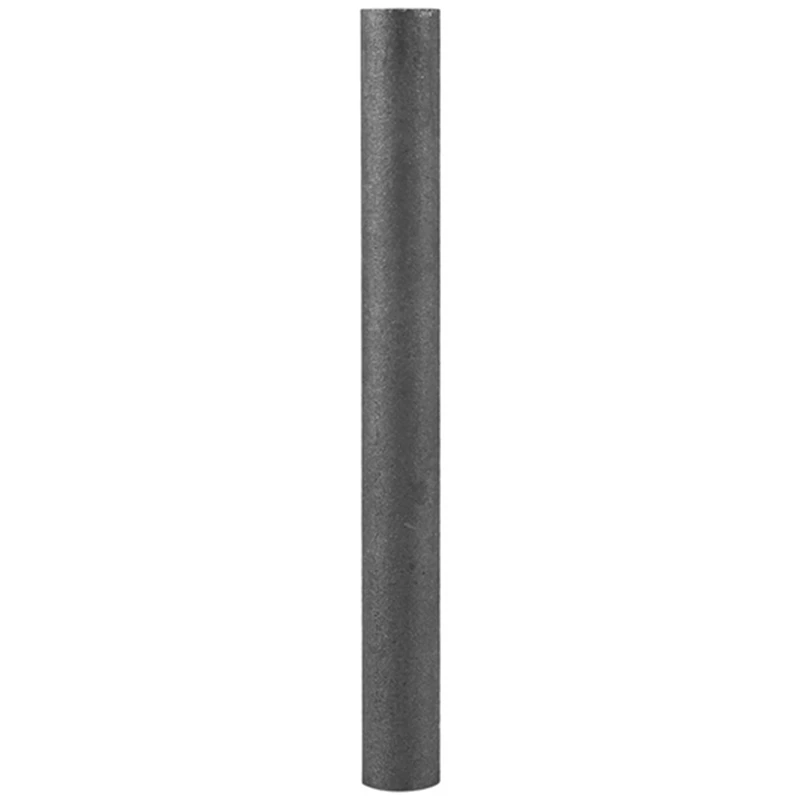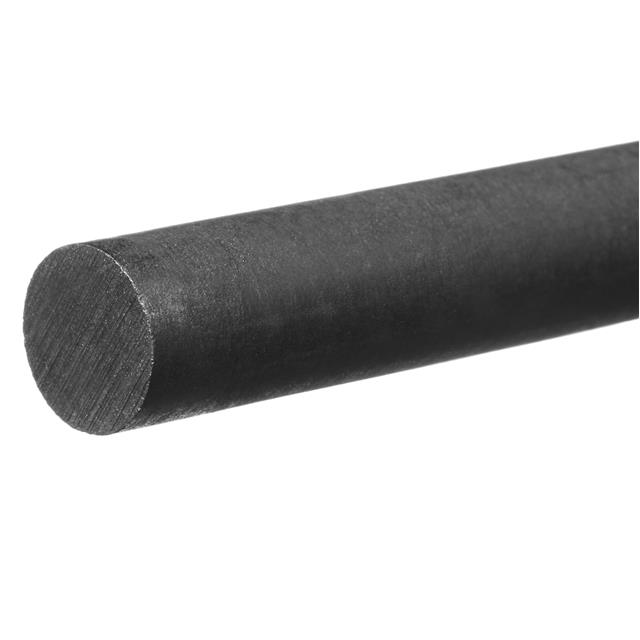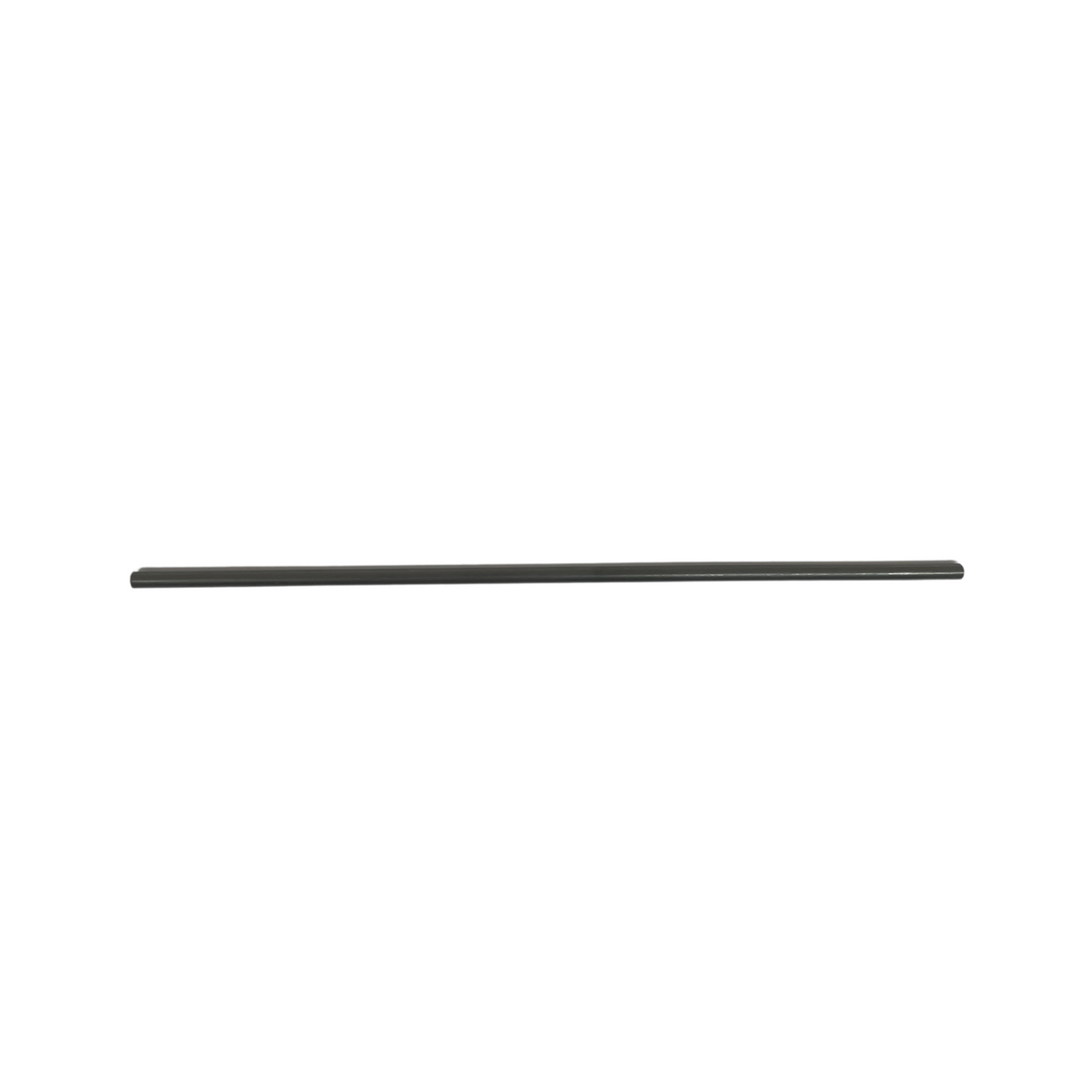
Crafting Precision: The Art and Science of Graphite Rod Construction
Understanding the Core Material
Graphite rods, valued for their strength relative to their weight and their ability to conduct electricity, appear in everything from fishing equipment to complex industrial processes. But how are these adaptable components made? It’s not just about shaping a piece of graphite. The procedure involves a careful combination of materials and precise manufacturing methods. Picture it as making a delicate, yet exceptionally strong, pastry, but with carbon instead of flour. We’re talking about a blend of finely ground graphite powder, a binding agent (often a resin), and sometimes other additives to achieve specific qualities. This mixture is then carefully shaped, baked, and treated. It’s more complex than you might imagine.
The first step requires selecting the right type of graphite powder. Different grades exist, each with varying particle sizes and purity levels, influencing the final rod’s characteristics. The binding agent, essential for holding the graphite particles together, also impacts the rod’s strength and flexibility. The proportion of graphite to binder is a delicate balance, requiring precise measurements. Too much binder, and you lose the desirable properties of graphite; too little, and the rod becomes fragile. It’s similar to finding the perfect coffee-to-milk ratio – you need just the right amount for optimal results.
Imagine the graphite powder and binder as tiny pieces that need to fit perfectly. After mixing, the resulting paste is formed into rods using extrusion or molding processes. Extrusion, like squeezing toothpaste from a tube, creates long, continuous rods. Molding, on the other hand, allows for the creation of more complex shapes. The chosen method depends on the desired shape and size of the final product. The shaping process is critical, as any imperfections at this stage can affect the rod’s performance. It’s like sculpting clay; precision is vital.
Once shaped, the “green” rods (the term used before firing) are subjected to a high-temperature baking process called sintering. This process removes the binder and combines the graphite particles, creating a solid, cohesive structure. The sintering temperature and duration are carefully controlled to achieve the desired density and strength. This baking process is quite intense, reaching temperatures that would melt many metals. It’s a bit like forging a sword, but with carbon. The result is a sturdy graphite rod, ready for further processing or use.
Precision Shaping: From Raw Material to Finished Product
The Art of Machining and Finishing
After sintering, the rods may undergo further machining to achieve precise dimensions and surface finishes. This is where the true skill comes into play. Imagine taking a rough, baked loaf of bread and transforming it into a perfectly shaped baguette. Machining involves cutting, grinding, and polishing the rods using specialized tools. The level of precision required depends on the intended application. For high-precision applications, such as in semiconductor manufacturing, tolerances can be extremely tight, sometimes measured in microns. It’s like performing delicate surgery on a microscopic scale.
Surface finish is another critical aspect. A smooth surface is essential for reducing friction and wear in many applications. Grinding and polishing techniques are used to achieve the desired surface roughness. Sometimes, coatings are applied to enhance specific properties, such as wear resistance or conductivity. These coatings can range from simple sealants to complex ceramic layers. It’s like giving your car a fresh coat of wax, but for industrial components. The added layer of protection and enhancement can make a significant difference.
Quality control is essential throughout the entire process. Each rod is inspected for dimensional accuracy, surface finish, and other critical parameters. Non-destructive testing methods, such as ultrasonic testing, may be used to detect internal defects. This rigorous inspection ensures that only high-quality rods are shipped to customers. It’s like having a team of quality assurance experts, ensuring that every product meets the highest standards. We want to make sure that the product is perfect, before it leaves the factory.
The final step involves packaging and shipping the rods. Special packaging is often required to protect the rods from damage during transport. This is especially important for delicate rods or those with critical surface finishes. The rods are carefully packed and shipped to customers around the world. It’s like sending a rare artifact; you want to ensure it arrives in pristine condition. From raw material to finished product, the process of building a graphite rod is a testament to precision and craftsmanship.
Customization and Specialization: Tailoring Graphite Rods for Specific Applications
Meeting Diverse Industrial Needs
One of the remarkable aspects of graphite rods is their adaptability. They can be customized to meet the specific requirements of various applications. This customization can involve adjusting the graphite-to-binder ratio, adding specific additives, or altering the manufacturing process. For example, rods used in electrical discharge machining (EDM) require high conductivity and precise shapes. It’s like having a tailor who can create a suit that perfectly fits your needs. The process is not one size fits all.
Specialized graphite rods are also used in high-temperature furnaces and kilns. These rods must withstand extreme temperatures and corrosive environments. To achieve this, they may be made from high-purity graphite and reinforced with ceramic fibers. It’s like building a heat shield for a spacecraft, but on a smaller scale. The rods need to be incredibly durable and resistant to heat and chemical attack.
In the field of fishing, graphite rods are valued for their sensitivity and lightweight construction. The manufacturing process for these rods involves creating thin, hollow tubes that provide excellent flexibility and strength. The process involves creating a composite material that is both light and strong. It’s akin to building a lightweight bridge that can still support significant weight. The rods need to be flexible enough to feel the slightest nibble, yet strong enough to handle a large fish.
The ability to tailor graphite rods to specific applications makes them invaluable in many industries. This adaptability ensures that they can meet the ever-evolving demands of technology and innovation. It’s like having a material that can be molded to fit any purpose. Whether it’s for industrial use or recreational activities, graphite rods play a crucial role. The future of graphite rod application is as vast as the material itself.
The Future of Graphite Rod Technology
Innovations and Advancements
The field of graphite rod technology is constantly evolving. Researchers and engineers are continually developing new materials and manufacturing processes to improve the performance and expand the applications of these versatile components. For example, advancements in nanomaterials are leading to the development of graphite rods with enhanced strength and conductivity. It’s like upgrading from a standard computer to a supercomputer. The improvements are significant.
Additive manufacturing, also known as 3D printing, is another promising technology that is being explored for the production of graphite rods. This technique allows for the creation of complex shapes and geometries that are difficult or impossible to achieve with traditional manufacturing methods. Imagine being able to print a graphite rod with intricate internal structures. This opens up new possibilities for design and application. It’s like creating a sculpture with a 3D printer, but with graphite.
Sustainable manufacturing practices are also becoming increasingly important. Researchers are developing methods to recycle graphite waste and reduce the environmental impact of graphite rod production. This includes finding ways to recover and reuse graphite from spent electrodes and other sources. It’s like reducing waste and creating a more sustainable future. The goal is to minimize the environmental footprint of graphite rod production.
The future of graphite rod technology is bright, with ongoing research and development paving the way for new and innovative applications. From advanced materials to sustainable manufacturing, the field is poised for continued growth and advancement. It’s like watching a technological revolution unfold. The possibilities are endless.
Practical Applications: Where Graphite Rods Shine
From Everyday Use to High-Tech Industries
Graphite rods are not just confined to industrial settings. They find applications in everyday items as well. Think of the pencil lead you use to write or draw. That’s a form of graphite. Their use extends to industries such as electronics, where they are used in batteries and semiconductors. It’s a material that quietly plays a role in many aspects of our lives. They are also used in solar panel production, and many other green energy applications.
In the automotive industry, graphite rods are used in various components, including seals and bearings. Their high-temperature resistance and low friction make them ideal for these applications. Imagine the engine of a high-performance car; graphite components help to ensure smooth and efficient operation. They are also used in electric vehicles, in the battery systems and motor components.
The aerospace industry also benefits from the unique properties of graphite rods. They are used in aircraft and spacecraft components due to their lightweight and high strength. It’s like building a plane that is both light and strong, improving fuel efficiency and performance. They are used in the heat shielding, and structural components of space vehicles.
From the mundane to the extraordinary, graphite rods play a crucial role in a wide range of applications. Their versatility and unique properties make them indispensable in many industries. It’s a material that quietly contributes to progress and innovation. Their importance will only grow as technology advances. The applications are as diverse as the material itself.
Frequently Asked Questions (FAQ)
Your Graphite Rod Queries Answered
Q: What are the primary

Industrial & Scientific Graphite Raw Materials Rod Jc3 1.5 Od

Graphite Rod, 1 Inch At Rs 2500/piece In Greater Noida Id 18416799697

Graphite Electrode Rod Diameter 10mmx300 Carbon

Raw Materials Graphite Electronic Components Distributor Digikey

